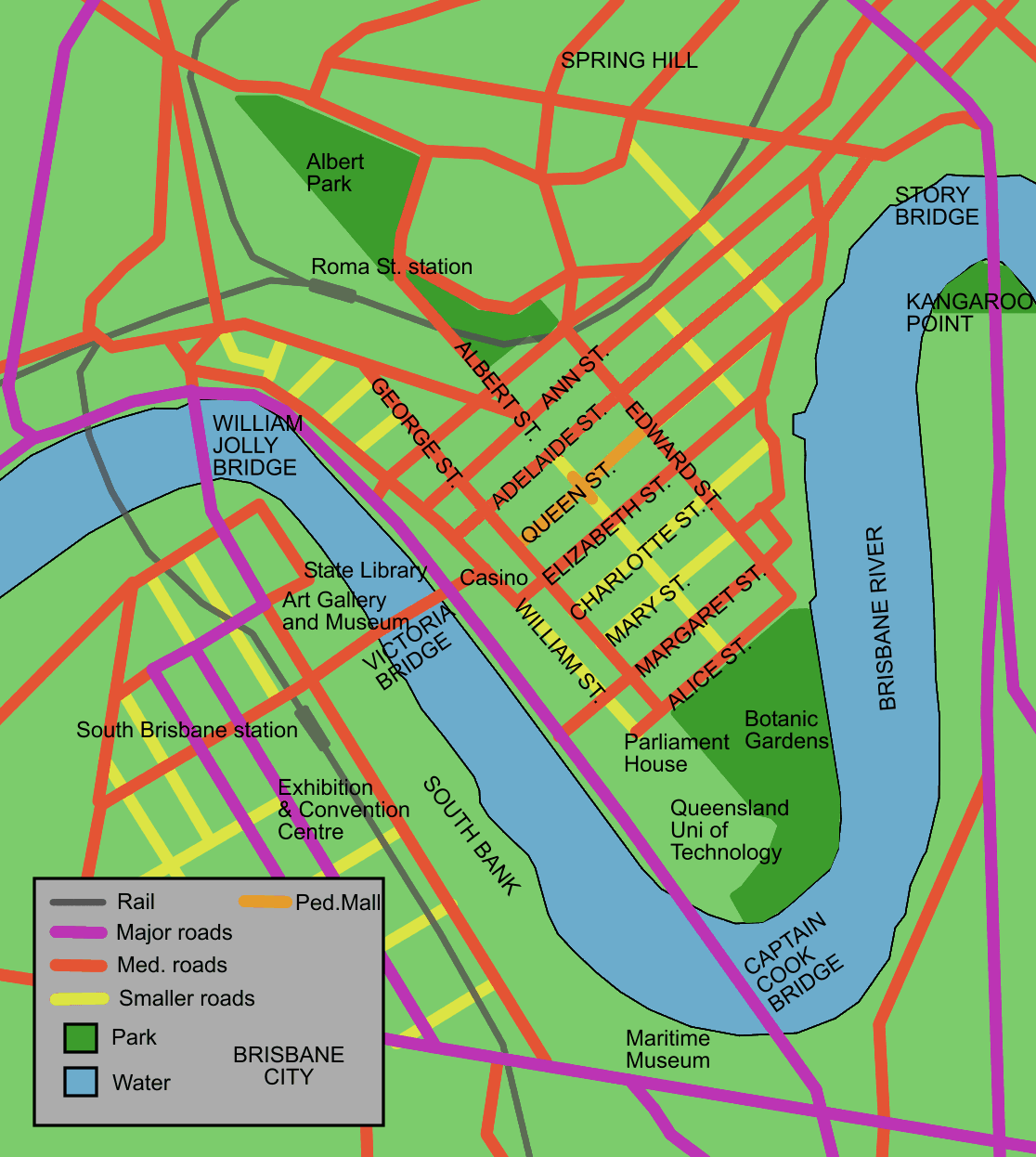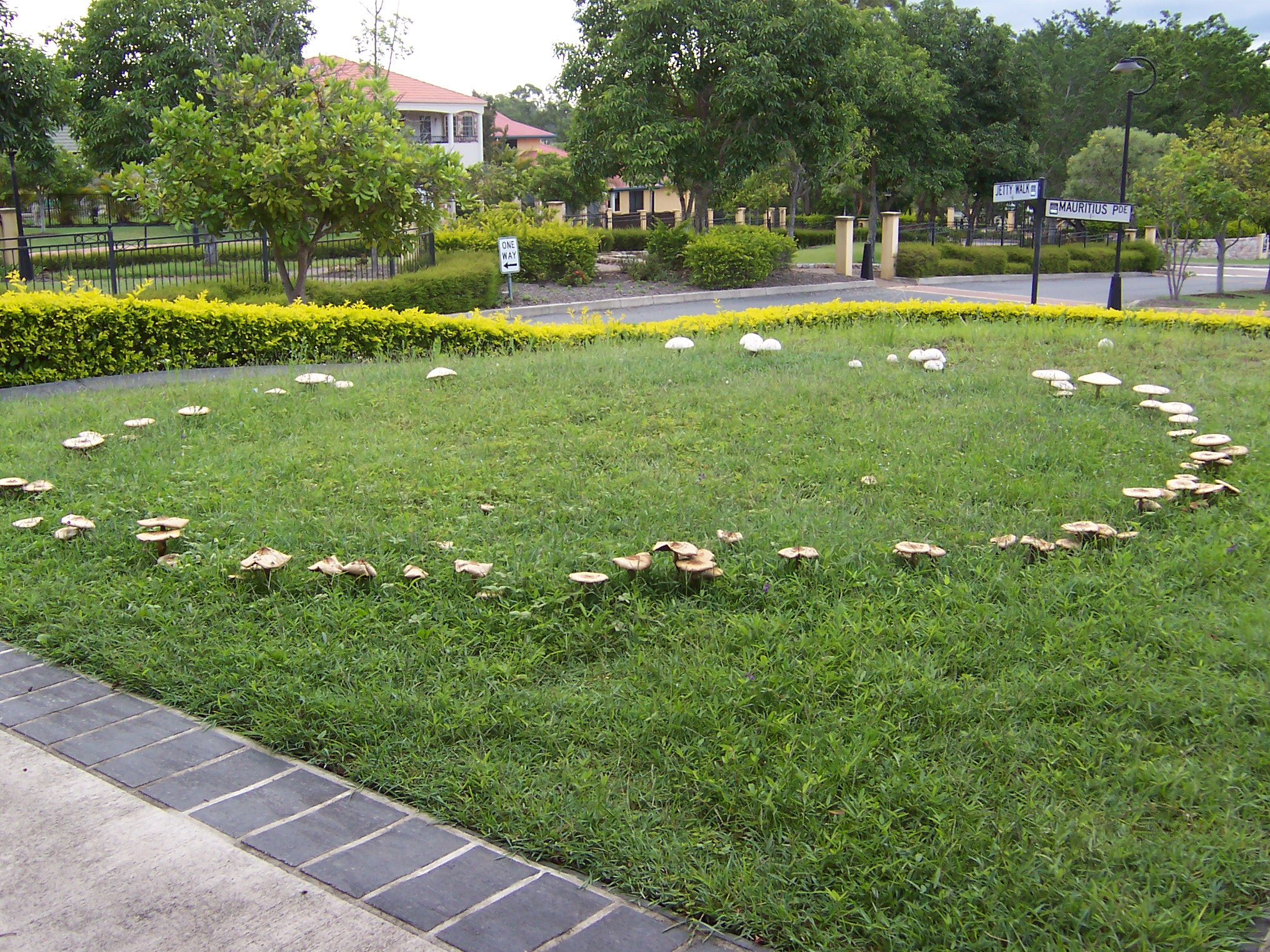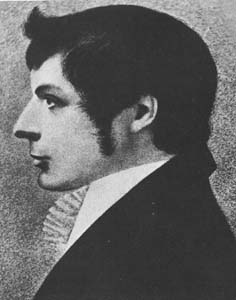|
Doolandella, Queensland
Doolandella is an outer western suburb in the City of Brisbane, Queensland, Australia. In the , Doolandella had a population of 4,817 people. Geography Doolandella is south-west of the Brisbane central business district. Blunder Creek forms the eastern and southern boundaries of the suburb. The suburb has access to the Ipswich Motorway via Blunder Road as well as the Logan Motorway to the south. History Doolandella was declared as an official suburb in 1976. The name Doolandella, or Dulandella as expressed by Aboriginal Australians Aboriginal Australians are the various Indigenous peoples of the Australian mainland and many of its islands, such as Tasmania, Fraser Island, Hinchinbrook Island, the Tiwi Islands, and Groote Eylandt, but excluding the Torres Strait Islands ..., is a Yuggera word referring to the Geebung tree, a broad leaved shrub with yellow fruit which grows in the area. In 2004, a total of 70 houses with a population of 255 was recorded in the suburb ... [...More Info...] [...Related Items...] OR: [Wikipedia] [Google] [Baidu] |
AEST
Australia uses three main time zones: Australian Western Standard Time (AWST; UTC+08:00), Australian Central Standard Time (ACST; UTC+09:30), and Australian Eastern Standard Time (AEST; UTC+10:00). Time is regulated by the individual state governments, some of which observe daylight saving time (DST). Australia's external territories observe different time zones. Standard time was introduced in the 1890s when all of the Australian colonies adopted it. Before the switch to standard time zones, each local city or town was free to determine its local time, called local mean time. Now, Western Australia uses Western Standard Time; South Australia and the Northern Territory use Central Standard Time; while New South Wales, Queensland, Tasmania, Victoria (Australia), Victoria, Jervis Bay Territory, and the Australian Capital Territory use Eastern Standard Time. Daylight saving time (+1 hour) is used in jurisdictions in the south and south-east: South Australia, New South Wales, Vict ... [...More Info...] [...Related Items...] OR: [Wikipedia] [Google] [Baidu] |
Pallara, Queensland
Pallara is an outer southern suburb in the City of Brisbane, Queensland, Australia. In the , Pallara had a population of 511 people. Geography Pallara is by road south of the Brisbane GPO. History The name ''Pallara'' means ''flat land'' and is derived from a non-local Aboriginal word spelt with only one "l". The suburb is relatively undeveloped with electricity supply only reaching Pallara in 1961. Ritchie Road State School opened on 24 August 1959. The name was later changed to Pallara State School. In 1997, the Pallara Parklands were opened on a remediated dump. In the , the population of Pallara was 511, 49.3% female and 50.7% male. The median age of the Pallara population was 48 years of age, 10 years above the Australian median. 69.2% of people living in Pallara were born in Australia, compared to the national average of 66.7%. 69.3% of people spoke only English at home. The most common responses for religion were No Religion 27.7% and Catholic 20.3%. Education ... [...More Info...] [...Related Items...] OR: [Wikipedia] [Google] [Baidu] |
Yuggera Word
The Jagera people, also written Yagarr, Yaggera, and other variants, are the Australian Aboriginal people who spoke the Yuggera language. The Yuggera language which encompassed a number of dialects was spoken by the traditional owners of the territories from Moreton Bay to the base of the Toowoomba ranges including the city of Brisbane. Language Yuggera is classified as belonging to the Durubalic subgroup of the Pama–Nyungan languages, but is also treated as the general name for the languages of the Brisbane area. The Australian English word 'yakka' (loosely meaning 'work', as in 'hard yakka') came from the Yuggera language (''yaga'', 'strenuous work'). According to Tom Petrie, who provided several pages listing words and placenames in the languages spoken in the area of Brisbane (''Mianjin''), ''yaggaar'' was the local word for 'no', the term for 'no' frequently in aboriginal languages being an ethnonymic marker of difference between various native groups. Mianjin is the ... [...More Info...] [...Related Items...] OR: [Wikipedia] [Google] [Baidu] |
Aboriginal Australians
Aboriginal Australians are the various Indigenous peoples of the Australian mainland and many of its islands, such as Tasmania, Fraser Island, Hinchinbrook Island, the Tiwi Islands, and Groote Eylandt, but excluding the Torres Strait Islands. The term Indigenous Australians refers to Aboriginal Australians and Torres Strait Islanders collectively. It is generally used when both groups are included in the topic being addressed. Torres Strait Islanders are ethnically and culturally distinct, despite extensive cultural exchange with some of the Aboriginal groups. The Torres Strait Islands are mostly part of Queensland but have a separate governmental status. Aboriginal Australians comprise many distinct peoples who have developed across Australia for over 50,000 years. These peoples have a broadly shared, though complex, genetic history, but only in the last 200 years have they been defined and started to self-identify as a single group. Australian Aboriginal identity has cha ... [...More Info...] [...Related Items...] OR: [Wikipedia] [Google] [Baidu] |
Logan Motorway
The M2/M6 Logan Motorway is a 30-kilometre toll road between Ipswich and the M1 or Pacific Motorway at Loganholme, and the Gateway Motorway, providing access to the Gold Coast on the eastern seaboard and to the rural areas of the Darling Downs to the west. The M6 portion runs from the Pacific Motorway to the junction with the Gateway Motorway at Drewvale, where it then becomes the M2, continuing on to merge with the Ipswich Motorway at Gailes. The road is operated and owned by Transurban Queensland. Most of this road was formally Metroad 4 prior to the Gateway Motorway extension in 1997. History The Logan Motorway Act of 1987 permitted a franchise period of 30 years from completion of construction. The original owner was the Logan Motorway Company Ltd, later a company of Queensland Motorways. Russell Hinze attended a ceremony at Loganlea for the turning of the first sod in the construction of the Logan Motorway in October 1987. It originally opened as a two-lane motorw ... [...More Info...] [...Related Items...] OR: [Wikipedia] [Google] [Baidu] |
Ipswich Motorway
The Ipswich Motorway (M7) is a major road that connects Brisbane and Ipswich in South East Queensland, Australia. It commences at the junction of Ipswich Road and Granard Road and proceeds through to the M2 Logan Motorway interchange. It is then signed M2 until the junction of the Warrego Highway and the Cunningham Highway It initially passes through the suburbs of Rocklea, Oxley and Darra in south west Brisbane before reaching the eastern suburbs of Ipswich such as Redbank Plains, Goodna and Riverview. The Motorway is directly connected to the M5 Centenary Motorway at Darra and the M2 Logan Motorway at Gailes. In 2008, it was estimated that 80,000 cars use the road daily. In late 2010, this figure had risen to close to 100,000 vehicles per day. In 2002, the morning peak traffic volume was greatest between 7:00 am and 8:00 am. By 2008, the morning peak traffic volume peaked between the hours of 5:00 am and 6:00 am. The motorway was formed from the original Ipswich Road/Cu ... [...More Info...] [...Related Items...] OR: [Wikipedia] [Google] [Baidu] |
Brisbane Central Business District
Brisbane City is the central suburb and central business district of Brisbane, the state capital of Queensland, Australia. It is colloquially referred to as the "Brisbane CBD" or "the city". It is located on a point on the northern bank of the Brisbane River, historically known as ''Meanjin'', ''Mianjin'' or ''Meeanjin'' in the local Aboriginal Australian dialect. The triangular shaped area is bounded by the median of the Brisbane River to the east, south and west. The point, known at its tip as Gardens Point, slopes upward to the north-west where the city is bounded by parkland and the inner city suburb of Spring Hill to the north. The CBD is bounded to the north-east by the suburb of Fortitude Valley. To the west the CBD is bounded by Petrie Terrace, which in 2010 was reinstated as a suburb (after being made a locality of Brisbane City in the 1970s). In the the suburb of Brisbane City had a population of 9,460 people. Geography The Brisbane central business district is ... [...More Info...] [...Related Items...] OR: [Wikipedia] [Google] [Baidu] |
Queensland
) , nickname = Sunshine State , image_map = Queensland in Australia.svg , map_caption = Location of Queensland in Australia , subdivision_type = Country , subdivision_name = Australia , established_title = Before federation , established_date = Colony of Queensland , established_title2 = Separation from New South Wales , established_date2 = 6 June 1859 , established_title3 = Federation , established_date3 = 1 January 1901 , named_for = Queen Victoria , demonym = , capital = Brisbane , largest_city = capital , coordinates = , admin_center_type = Administration , admin_center = 77 local government areas , leader_title1 = Monarch , leader_name1 = Charles III , leader_title2 = Governor , leader_name2 = Jeannette Young , leader_title3 = Premier , leader_name3 = Annastacia Palaszczuk ( ALP) , legislature = Parliament of Queensland , judiciary = Supreme Court of Queensland , national_representation = Parliament of Australia , national_representation_type ... [...More Info...] [...Related Items...] OR: [Wikipedia] [Google] [Baidu] |
Suburbs And Localities (Australia)
Suburbs and localities are the names of geographic subdivisions in Australia, used mainly for address purposes. The term locality is used in rural areas, while the term suburb is used in urban areas. Australian postcodes closely align with the boundaries of localities and suburbs. This Australian usage of the term "suburb" differs from common American and British usage, where it typically means a smaller, frequently separate residential community outside, but close to, a larger city. The Australian usage is closer to the American or British use of "district" or "neighbourhood", and can be used to refer to any portion of a city. Unlike the use in British or American English, this term can include inner-city, outer-metropolitan and industrial areas. Localities existed in the past as informal units, but in 1996 the Intergovernmental Committee on Surveying and Mapping and the Committee for Geographical Names in Australasia (CGNA) decided to name and establish official boundarie ... [...More Info...] [...Related Items...] OR: [Wikipedia] [Google] [Baidu] |
Forest Lake, Queensland
Forest Lake is an outer south-western suburb of the City of Brisbane, Queensland, Australia. In the , Forest Lake had a population of 22,904 people. It was the first Master Planned Community within the City of Brisbane. Geography Forest Lake was considered instrumental in the creation of affordable housing within Australia. The development was the first modern-day community to contain small lot product, a first during its time. The master-planned community contained retail, commercial, educational, residential, retirement, and recreational uses. The entire community is linked by an extensive network of pedestrian and cycle paths, which are integrated into the large open-spaced network. Forest Lake lies within the Brisbane City Council municipality and is approximately from the Brisbane central business district. It adjoins the suburbs of Doolandella, Inala, Richlands and Heathwood. It successfully mixes wildlife with residential development. The Forest Lake Shoppin ... [...More Info...] [...Related Items...] OR: [Wikipedia] [Google] [Baidu] |
Division Of Oxley
The Division of Oxley is an Australian Electoral Division in Queensland. It is currently represented by Milton Dick , the current Speaker of the House of Representatives Geography Since 1984, federal electoral division boundaries in Australia have been determined at redistributions by a redistribution committee appointed by the Australian Electoral Commission. Redistributions occur for the boundaries of divisions in a particular state, and they occur every seven years, or sooner if a state's representation entitlement changes or when divisions of a state are malapportioned. History The current division is the second to bear the name, and was created in 1949. The division is named after the Australian explorer, John Oxley. Oxley is located in south east Queensland, and covers the south western suburbs of Brisbane. The original Division of Oxley was established in 1901, and was abolished and replaced by the Division of Griffith in 1934. The 1949 incarnation's best-known memb ... [...More Info...] [...Related Items...] OR: [Wikipedia] [Google] [Baidu] |
Willawong, Queensland
Willawong is an outer southern suburb in the City of Brisbane, Queensland, Australia. In the , Willawong had a population of 177 people. Geography Willawong is by road south of the Brisbane GPO. The suburb's boundary is mostly defined by the course of the two creeks, Oxley Creek and Blunder Creek. The Sydney–Brisbane rail corridor is aligned along the eastern edge of the suburb. History The suburb of Willawong was officially created and named by the Queensland Places Names Board in 1970. ''Willawong'' is an Aboriginal word meaning ''the junction of two creeks''. During the 1974 Brisbane flood, most of the suburb was inundated. In 1983, local residents in Willawong and nearby suburbs began a campaign to stop sand mining in the area. Willawong once contained a toxic waste dump, which was closed in 1998. In the , the population of Willawong was 192, 45.8% female and 54.2% male. The median age of the Willawong population was 40 years, 3 years above the Australian media ... [...More Info...] [...Related Items...] OR: [Wikipedia] [Google] [Baidu] |








